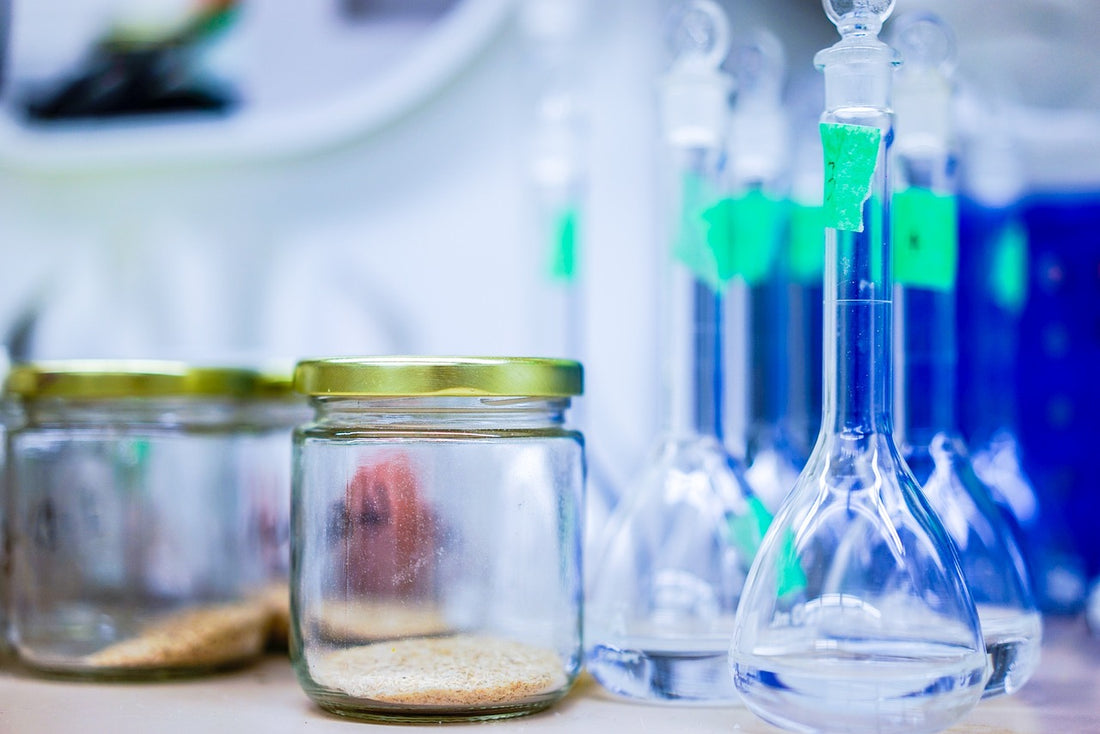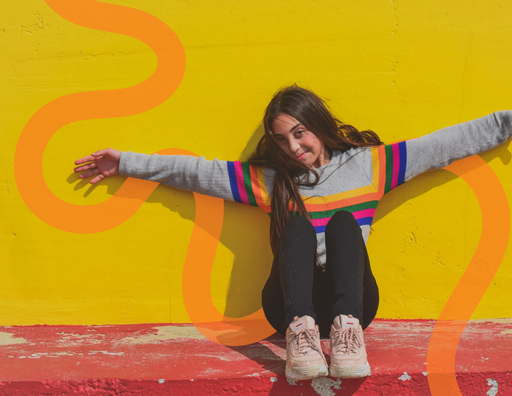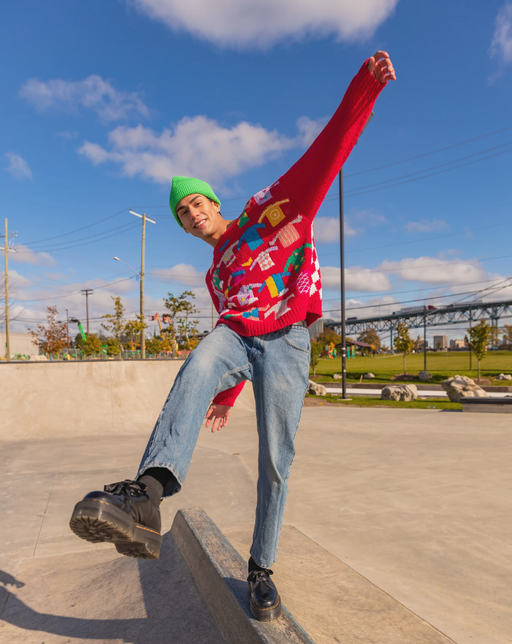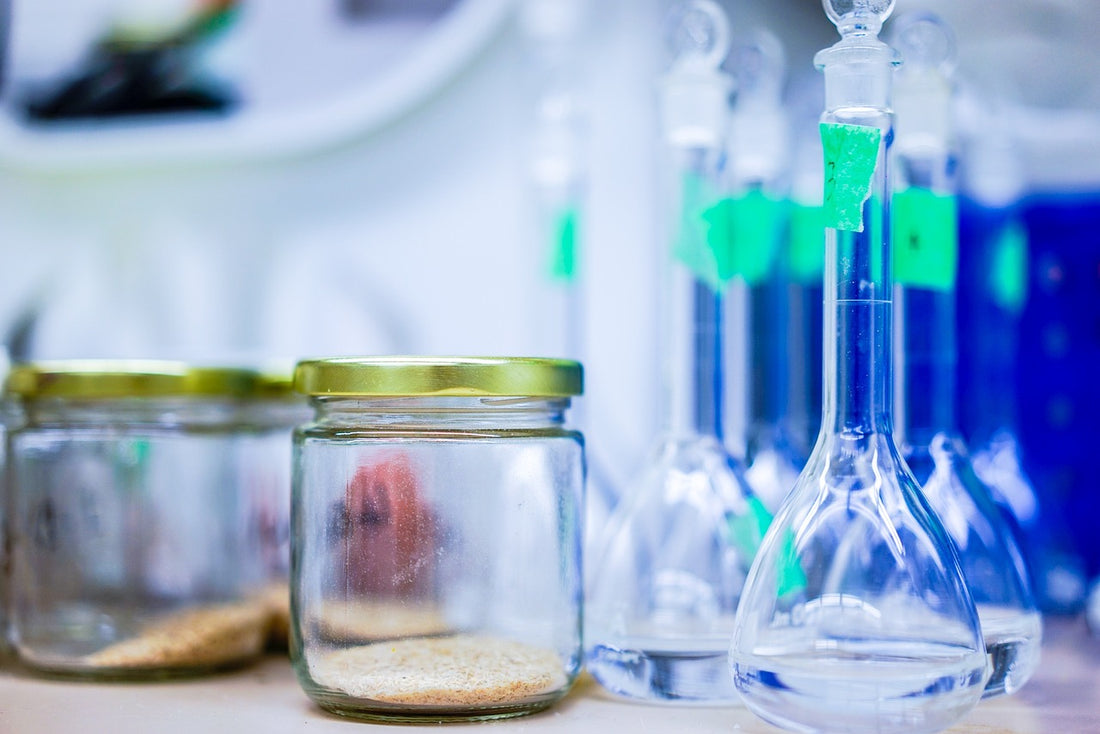
Synthetic Drugs
Daniel PattersonSynthetic drugs, also known as designer drugs, are chemically manufactured substances designed to mimic the effects of illegal drugs such as marijuana, cocaine, and MDMA (ecstasy). While K2 and Spice—synthetic cannabinoids—are well-known, there are many other synthetic drugs that pose serious risks, often going undetected because they are sold as legal alternatives or marketed under misleading names.
Understanding what these synthetic drugs are, their street names, and their potential dangers is crucial to keeping your teen safe.
1. What Are Synthetic Drugs?
Synthetic drugs are human-made chemical compounds designed to replicate the effects of naturally occurring drugs. These substances are often marketed as “safe” or “legal” but can be far more dangerous than the substances they imitate. According to the National Institute on Drug Abuse (NIDA), synthetic drugs are created to bypass drug laws, but they carry high risks of overdose, severe side effects, and unpredictable reactions.
2. Common Synthetic Drugs and Street Names
While K2 and Spice are synthetic cannabinoids, other categories of synthetic drugs are just as harmful. Here are some common examples:
- Synthetic Cathinones (Bath Salts): Designed to mimic MDMA or methamphetamine, these stimulants are sold as powders or crystals.
- Street Names: Flakka, Bloom, Cloud Nine, Vanilla Sky, Lunar Wave
- NBOMe (Synthetic Hallucinogens): Synthetic hallucinogens that mimic the effects of LSD.
- Street Names: N-Bomb, Smiles, 25I, 25C, 25B
- U-47700 (Synthetic Opioid): A potent synthetic opioid that can be fatal in small doses.
- Street Names: Pink, U4
- Synthetic Benzodiazepines: Imitating anti-anxiety medications like Xanax or Valium, these drugs are much more potent.
- Street Names: Fake Xanax, Designer Benzos, Clonazolam, Etizolam
These drugs are often sold online, in head shops, or at convenience stores, marketed under names like “herbal incense” or “research chemicals,” making them appealing to teens seeking a legal high.
3. The Dangers of Synthetic Drugs
Synthetic drugs are dangerous because their chemical composition varies, making it impossible for users to know exactly what they’re consuming. This unpredictability increases the risk of overdose, poisoning, and severe side effects.
Common dangers include:
- Overdose and Death: Highly potent synthetic drugs like Flakka or Pink can cause overdose, even in small doses.
- Mental Health Effects: NBOMe can cause extreme paranoia, hallucinations, and violent behavior.
- Addiction: Many synthetic drugs are highly addictive, including synthetic opioids and cathinones (bath salts).
- Organ Damage: Long-term use can lead to brain, heart, liver, and kidney damage.
The U.S. Drug Enforcement Administration (DEA) warns that synthetic drugs often contain harmful contaminants, further increasing their risks.
- How to Talk to Your Teen About Synthetic Drugs
Talking to your teen about synthetic drugs is vital because many teens believe that these substances are safe due to their legal status. However, this is far from true.
What You Can Do:
- Start the conversation early: Ask if they’ve heard about synthetic drugs at school or online.
- Explain the risks: Make sure your teen understands that just because something is sold in a store doesn’t mean it’s safe.
- Offer support: Let them know they can talk to you if they feel pressured to try synthetic drugs or if they’re worried about a friend’s use.
Conclusion
Synthetic drugs, such as bath salts, NBOMe, and synthetic opioids, pose serious risks for teens, often marketed as legal or harmless alternatives. Understanding the names, effects, and dangers of these drugs is crucial for parents. By educating your teen and having open conversations, you can help prevent the dangerous consequences of synthetic drug use.
References:
- National Institute on Drug Abuse. (2022). "Synthetic Drugs: Dangerous and Unpredictable."
- Substance Abuse and Mental Health Services Administration. (2021). "Understanding Synthetic Drugs Beyond K2 and Spice."
- U.S. Drug Enforcement Administration. (2021). "The Dangers of Synthetic Drugs and Their Unpredictable Nature."
- Partnership to End Addiction. (2022). "How to Talk to Teens About Synthetic Drugs."
